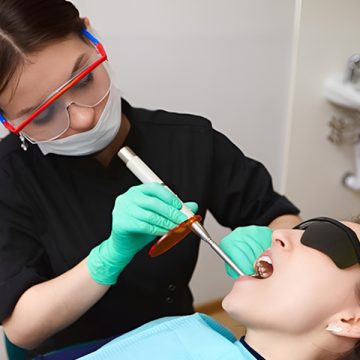Blog
How to Manage Swelling After Tooth Extractions?
Tooth extractions can bring relief, but the recovery often raises concerns, especially when swelling sets...
Read MoreHow to Fix Uneven Teeth Whitening for a Flawless Smile
Teeth whitening is a well-known cosmetic treatment, but uneven results can occur, leaving some areas...
Read MoreHow Coffee and Tea Affect Teeth Whitening and What You Can Do About It
Coffee fuels your mornings—but is it dimming your smile? If you’ve been looking for a...
Read MoreFont Resize
Contrast


